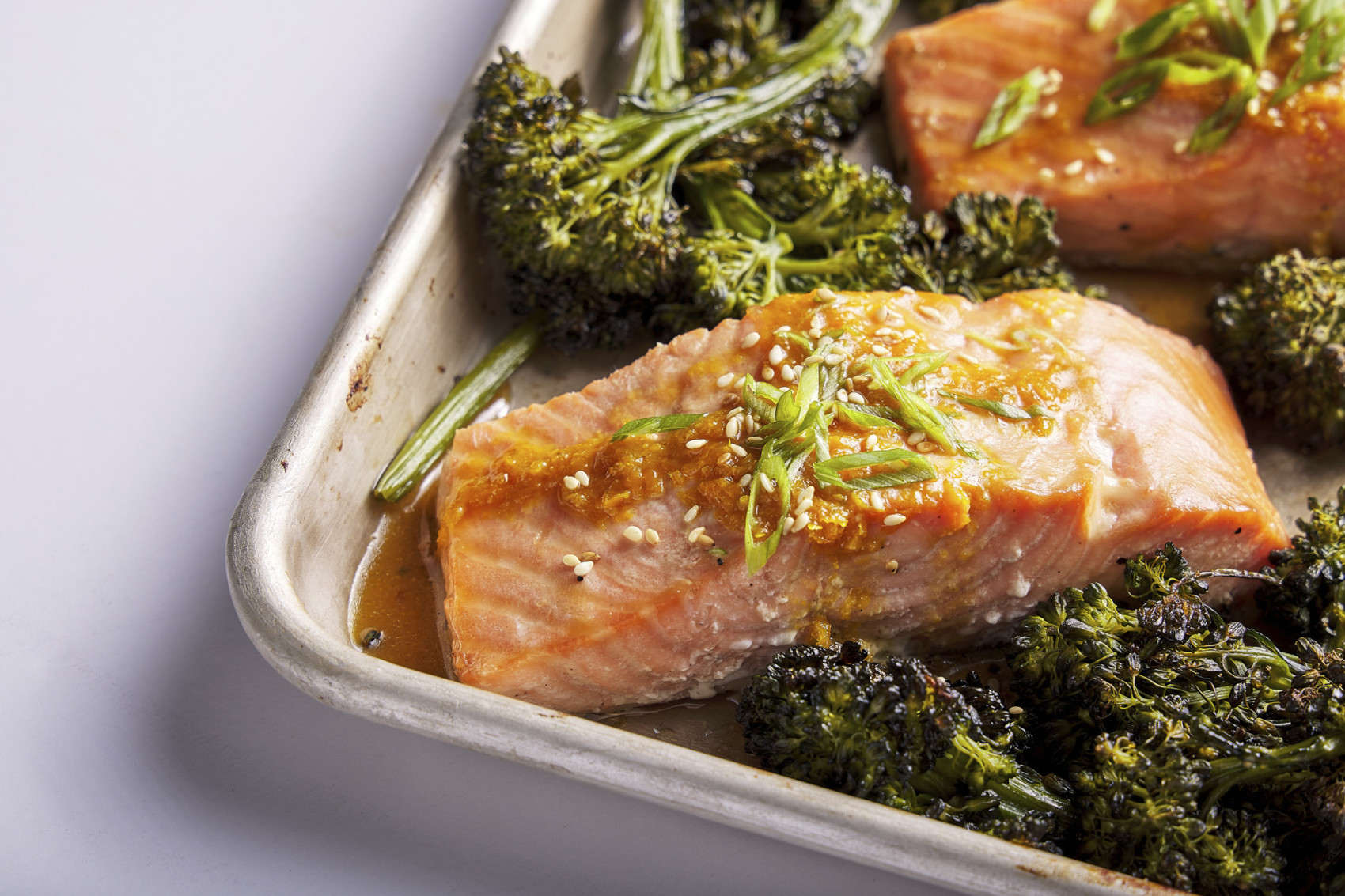
Kouhaku Namasu are a popular dish that brightens up New Year’s osechi cuisine, but some people may not know its meaning or origin. The vegetables are cut into thin strips and marinated in a sweet and tangy vinegar-based dressing. From here, we will introduce you to the details of red and white pickled vegetables, including the characteristics of the dish and the nutrients it contains.
What is Kouhaku Namasu?

Kouhaku Namasu (紅白なます) is a traditional Japanese dish made from julienned daikon radish and carrot, typically pickled in a sweet and tangy vinegar-based dressing. The name “Kouhaku” means “red and white,” referring to the colors of the carrot and daikon, which symbolize good fortune and celebration in Japanese culture. Namasu refers to a style of preparing vegetables or seafood with vinegar. The daikon and carrots offer fiber for digestion, vitamin C for immunity, and beta-carotene for eye health. Both vegetables provide potassium, supporting blood pressure regulation, and the vinegar dressing adds acetic acid, which may aid blood sugar control. Low in calories and fat, Kouhaku Namasu is a light and refreshing option.
Kouhaku Namasu History

Namasu originally came from China as a dish made with finely chopped raw meat or fish. Over time, it evolved into what we know today as a vinegar-dressed salad. The name namasu actually comes from namashishi, meaning “raw meat.” Historically, raw fish dishes were written with a specific character (鱠) showing the fish radical, while dishes made with meats like wild boar used a different character (醾) with a moon radical. As namasu developed in Japan, vinegar started during the Muromachi period. Around this time, a vegetarian version called shojin namasu, made with fruits and vegetables, also became popular.
Auspicious meaning of Kouhaku Namasu

The colors of the ingredients in Kouhaku Namasu resemble mizuhiki, a traditional Japanese paper string used to symbolize good luck, making it a dish that brings wishes for peace and calm. Since daikon radish and carrot are root vegetables that grow firmly in the soil, they represent stability and bring family harmony. Kouhaku Namasu is also sometimes called Genpei Namasu, symbolizing the red and white flags of Japan’s historical Heike and Genji clans. This dish in osechi is not only meaningful and festive but also nutritious.
Kohaku namasu is a low-calorie dish that contains almost no fat, making it a healthy option.
There are indeed a rich variety of types, such as persimmon namasu and mandarin orange namasu using fruits, daikon namasu and bell pepper namasu using vegetables, and fish namasu and oyster namasu using seafood.
Kouhaku Namasu Recipe
Ingredients for Kouhaku Namasu
| Daikon radish | 500g |
| Carrots | 10g |
| Salt | 14g |
| Vinegar | 56g |
| Sugar | 21g |
| Light soy sauce | 10g |
How to make it?
STEP
Prepare the Vegetables
Peel the daikon and carrots, then cut them into 5 cm long strips.
STEP
Salt the Vegetables
Place the daikon and carrots in a bowl, sprinkle with salt, and gently rub them. Let sit for about 10 minutes.
STEP
Rinse and Drain
Once softening the vegetables, lightly rinse them with water and drain thoroughly.
STEP
Make the Dressing
In a separate bowl, combine vinegar, sugar, and light soy sauce. Mix well until the sugar dissolves.
The ratio of daikon to carrots is important for red and white pickles, and the golden ratio is 10 parts daikon to 1 part carrot.
Conclusion

Kouhaku Namasu is a delightful and meaningful dish that embodies both the rich culinary tradition and the health-conscious aspects of Japanese cuisine. We hope you’ll have the chance to experience the unique flavors and health benefits of Kouhaku Namasu when you visit Japan. Don’t miss the opportunity to pick some up and savor this traditional dish, bringing good fortune and delicious memories during this New Year season.
You can try out other Osechi dishes we recommend below that will make you know more about Japan’s culture.
Osechi Ryori

Osechi (おせち) Introduction to Osechi Osechi Ryori is indispensable for the Japanese New Year. Additionally, each dish has a congratulatory meaning. In addition to that, th…
Chorogi

Chorogi (チョロギ) Introduction to Chorogi After the celebration of Christmas, New Year is coming! Everyone looks forward to the new year being the year of healing, blessings, …

Ise ebi (伊勢海老) Ise ebi, or Japanese spiny lobster, is a prized delicacy in Japan, known for its sweet, tender meat and deep cultural significance. From festive New Year’s d…

If you like this article, please
Like or Follow !

 1 month ago
14
1 month ago
14










 English (US) ·
English (US) ·